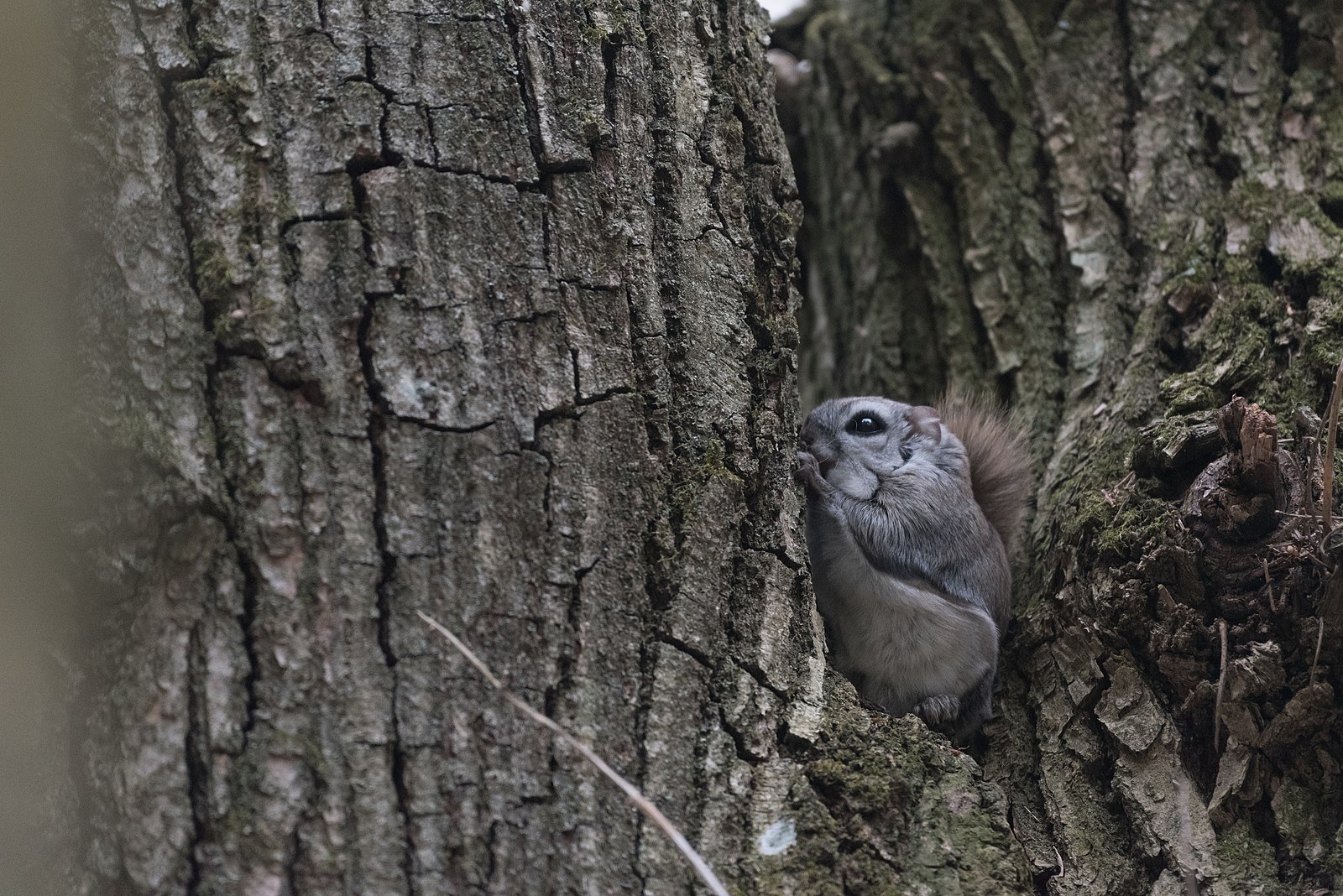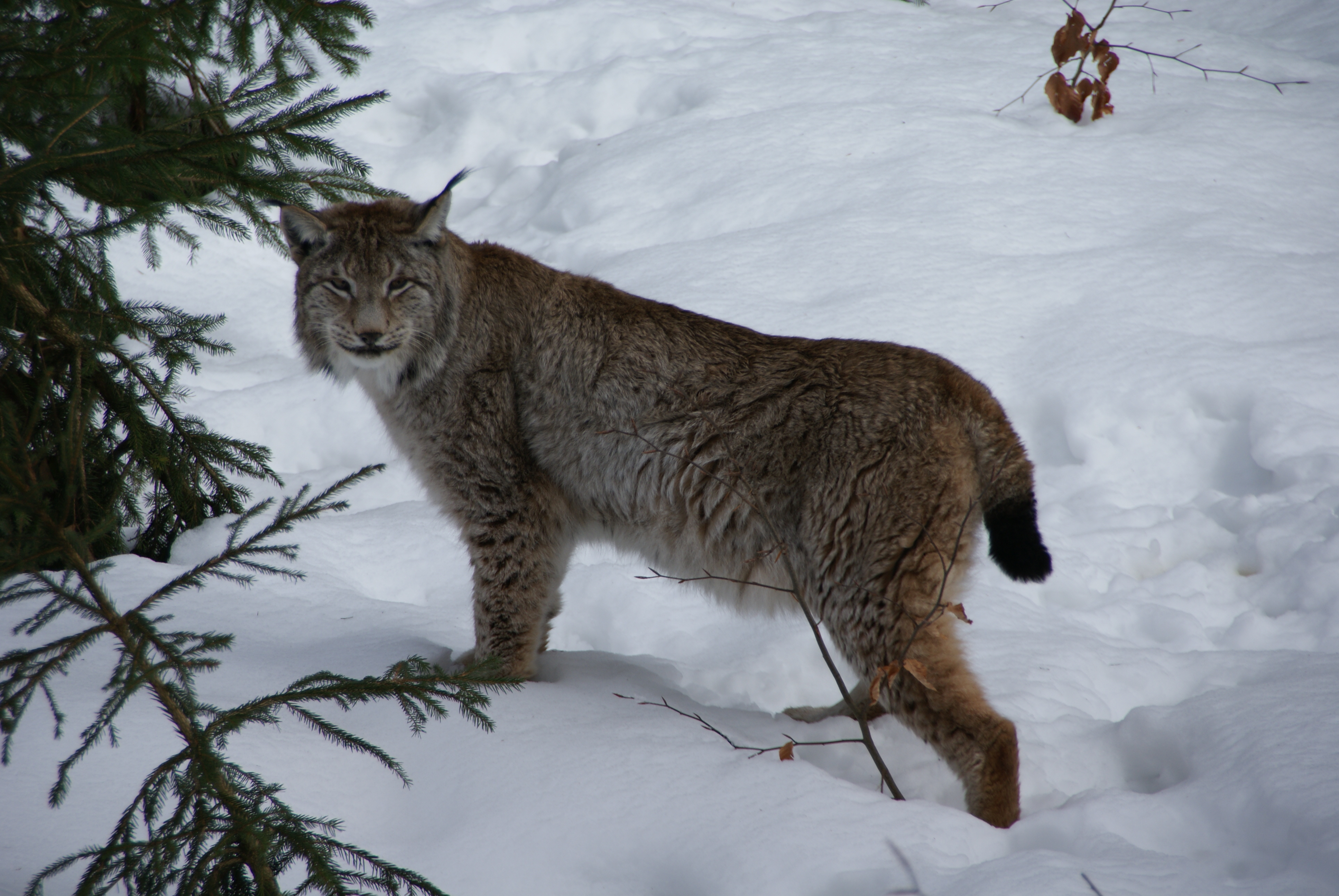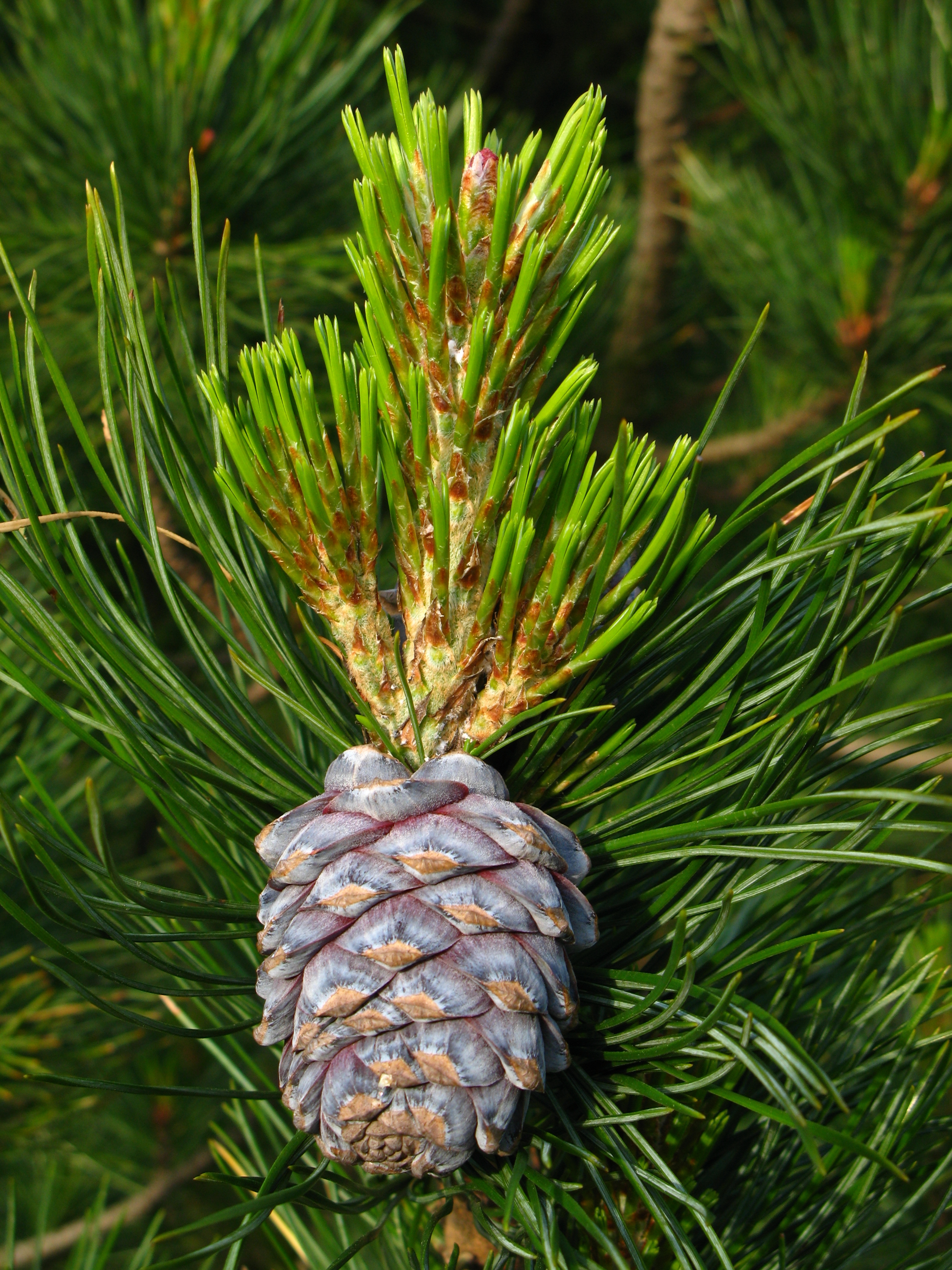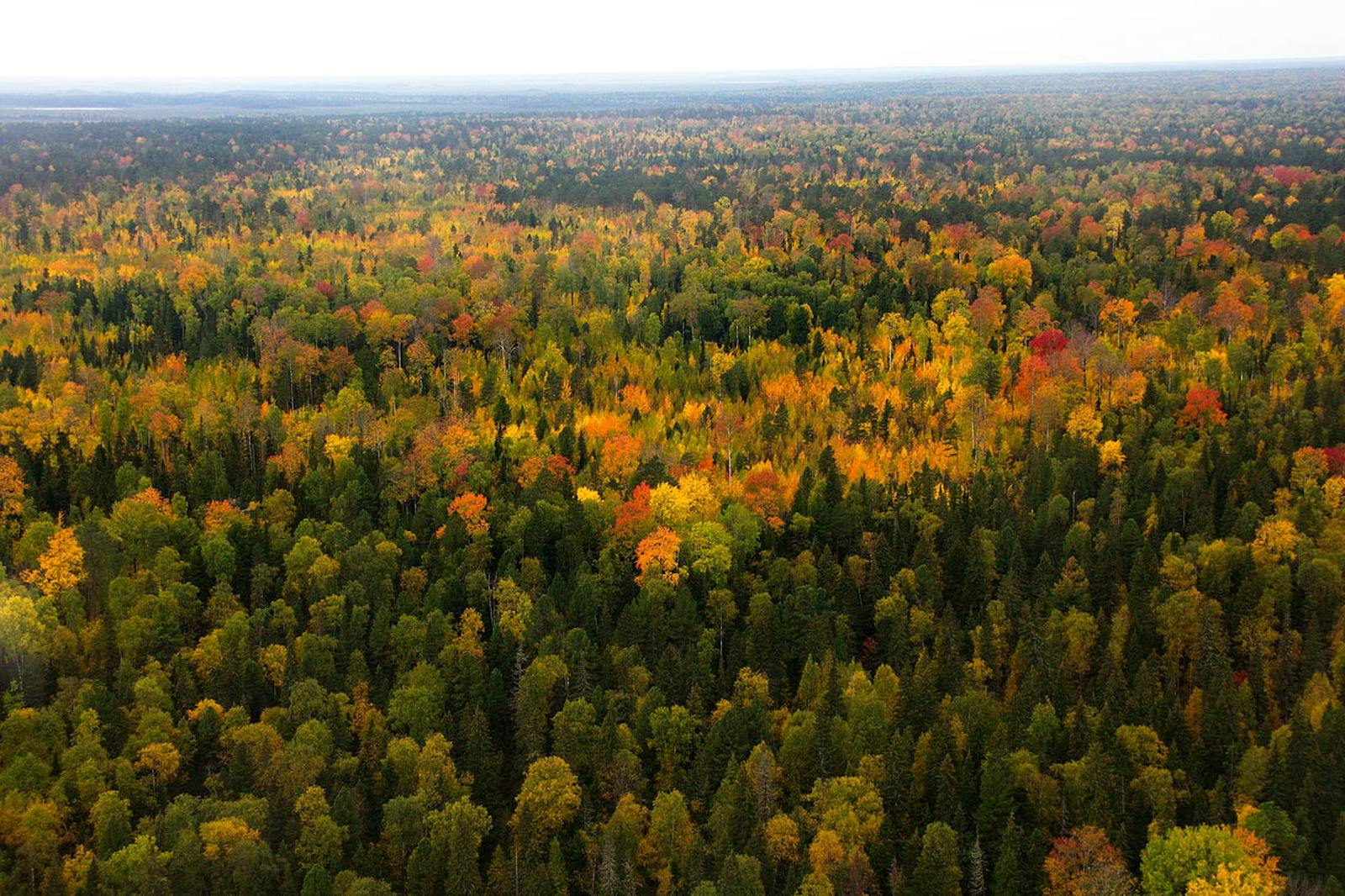West Siberian Taiga
The ecoregion’s land area is provided in units of 1,000 hectares. The conservation target is the Global Safety Net (GSN1) area for the given ecoregion. The protection level indicates the percentage of the GSN goal that is currently protected on a scale of 0-10. N/A means data is not available at this time.
Bioregion: Siberian Boreal Forests & Mountain Tundra (PA7)
Realm: Subarctic Eurasia
Ecoregion Size (1000 ha):
167,426
Ecoregion ID:
720
Conservation Target:
82%
Protection Level:
1
States: Russia
A vast lowland, the West Siberian Taiga contains some of the world’s most extensive forests and the largest peatlands. Coniferous forests, swamps, bogs, fens, rivers and lakes support numerous invertebrates, fish, small mammals and birds. Huge areas of wilderness host brown bears, grey wolves, Eurasian lynx, reindeer and sable. The Lower Dvuobje wetlands are home to the hauntingly beautiful, critically endangered Siberian crane.

The flagship species of the West Siberian Taiga ecoregion is the Siberian flying squirrel. Image credit: Chekanov Pavel, Creative Commons
This ecoregion stretches from the Ural Mountains in the west to the Yenisei River in the east. The Ob River flows from the southeast to the northwest of the ecoregion. The north is bounded by tundra and the south of the ecoregion bordered by hemiboreal forests. The climate is subarctic with a mildly continental influence. In the southwest average monthly temperatures are -14.1–18.8°C and mean annual precipitation 497 mm. In the center, monthly temperatures ranges between -21.5–17.7°C and the mean annual precipitation is 572 mm, whilst in the east of the ecoregion, temperatures drop to -24.4–16.9°C. Temperatures and precipitation both peak in July.
This is a vast lowland area of coniferous forests and wetlands, containing the world’s most extensive peatlands. Harsh climate and waterlogged conditions mean plant biodiversity is relatively low but there are over 1,500 species of lichen. Siberian larch and Siberian spruce forests occur along waterways where soil drains more. Siberian pine grows in areas with an excess of stagnant water.

Eurasian lynx. Image credit: Creative Commons
Wetlands form a complex mosaic depending on microtopography: peat plateaus (mounds, ridges or polygons), depressions (hollows, fens), lakes and ‘ryams’ (pine-dwarf shrub-sphagnum bogs). Plateaus harbor shrubs (e.g. marsh Labrador tea, dwarf birch, bog-rosemary, bilberry, lingonberry, and crowberry bushes), lichens (Cladonia ssp., Cetraria ssp., Ochrolechia spp.), and mosses (Sphagnum spp. Dicranum ssp., Polytrichum ssp.). Hollows and fens contain plants and mosses such as cranberry, cottongrass species, round-fruited sedge, bog-sedge, bog bean, marsh cinquefoil and Sphagnum spp. Scots pine, cedar and Siberian pine forests grow on ridges in southern areas. Broad-leaved tree species are largely absent, except on areas of slightly higher ground in the south where downy birch, aspen and black alder are found.
Important populations of brown bear, grey wolf, Eurasian lynx, wolverine, and reindeer are all supported by the ecoregion, along with smaller predators such as the Eurasian otter, sable, steppe polecat, Asian badger, and Siberian weasel. Small mammals are especially numerous, including the tundra shrew, Siberian flying squirrel, red squirrel, and birch mouse.
The wetland conditions lead to a profusion of insects, in turn supporting numerous bird species, some migrating through the area and others breeding in the short summer. The critically endangered yellow-breasted buntings and Siberian cranes, endangered white-headed duck, and many vulnerable species such as the greater-spotted eagle, red-breasted goose, horned grebe, and rustic bunting rely on the undisturbed habitat.

Siberian Pine. Image credit: Creative Commons
Large areas of the ecoregion remain undisturbed due to the low population density, waterlogged state and short summer season. Catastrophic fires in 1915 destroyed areas of coniferous forest, which only reestablished along waterways because of overly wet conditions elsewhere. The Siberian oil boom has affected the forest in the area of the Taz river basin. There are many nature reserves, including seven strictly protected areas (zapoveniks), although the connectivity between these areas is low. The peatlands are a globally important source of atmospheric methane and sink of carbon dioxide, vital factors when considering the impacts of climate change.
About 70% of Russia’s oil and natural gas extraction occurs in Western Siberia with associated habitat destruction and pollution incidents. Temperatures are increasing more than the global average and the impacts of thawing permafrost, associated plant productivity and hydrology changes, shifting species ranges, droughts, increased forest fires and tree disease outbreaks could be enormous.
The priority conservation actions for the next decade will be to: 1) Identify and mitigate the effects of climate change; 2) prevent human-induced forest fires; and 3) prevent oil and gas extraction habitat destruction and pollution.
Citations
- Minayeva, T. and Sirin, A. 2005. Sketches of Russian Mires / Streiflichter auf die Moore Russlands. Stapfia 85, pp.255 - 321.
- Joint Research Centre of the European Commission. 2019. The Digital Observatory for Protected Areas (DOPA) Explorer 3.1: West Siberian Taiga. [Online]. [Accessed 5 November 2019]. Available from: https://dopa-explorer.jrc.ec.europa.eu/ecoregion/80611
- Loiko, S., Raudina, T., Artem Lim, A., Kuzmina, D., Kulizhskiy, S. and Pokrovsky, O. 2019. Microtopography Controls of Carbon and Related Elements Distribution in the West Siberian Frozen Bogs. Geosciences. 9, 291; doi:10.3390/geosciences9070291


.png?auto=compress%2Cformat&w=300)

